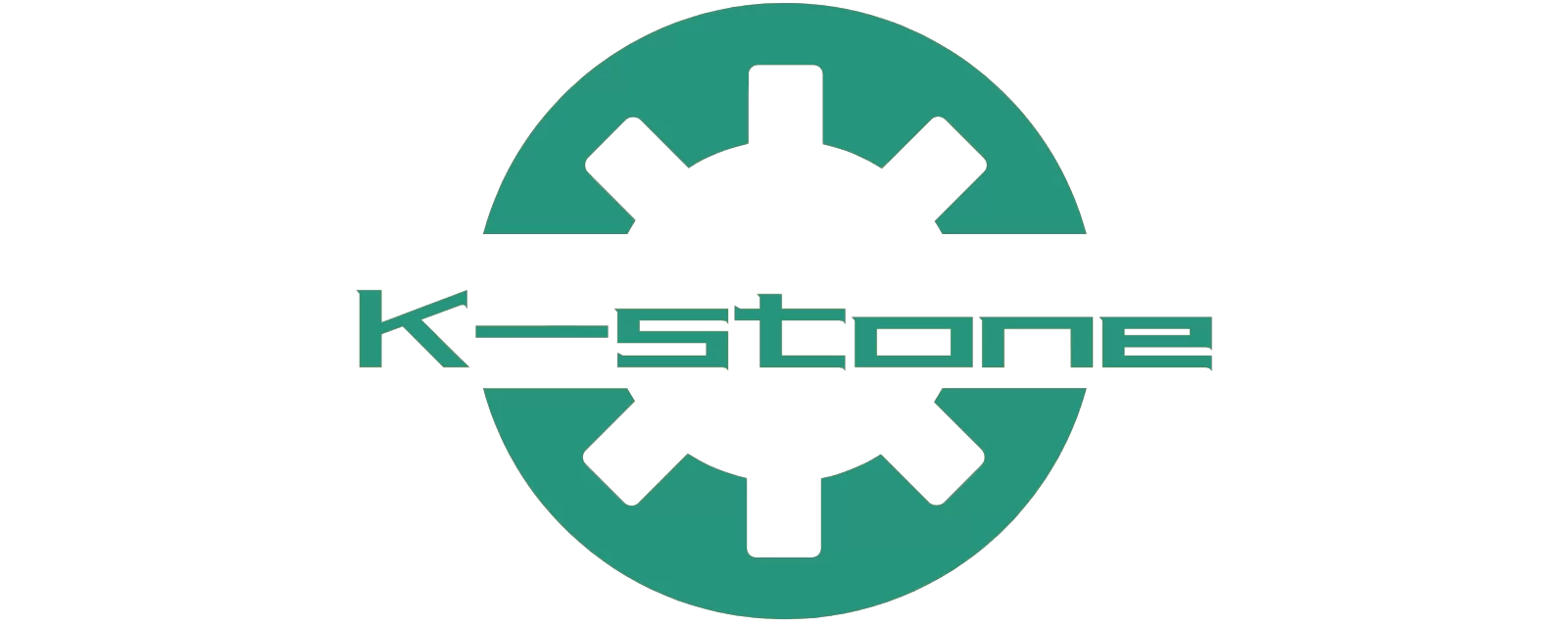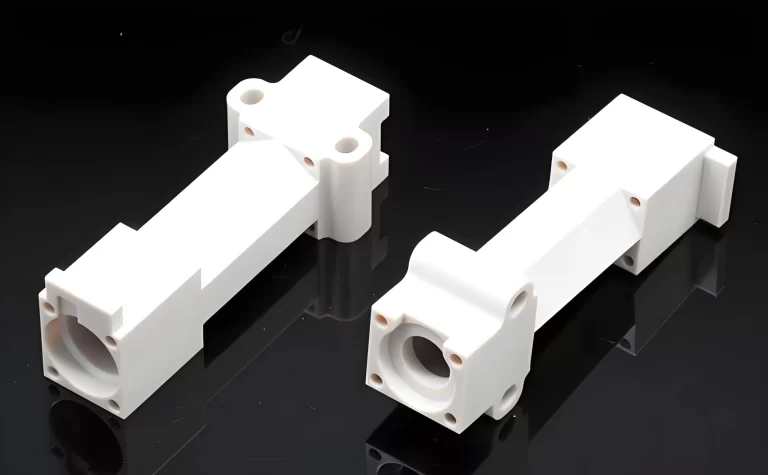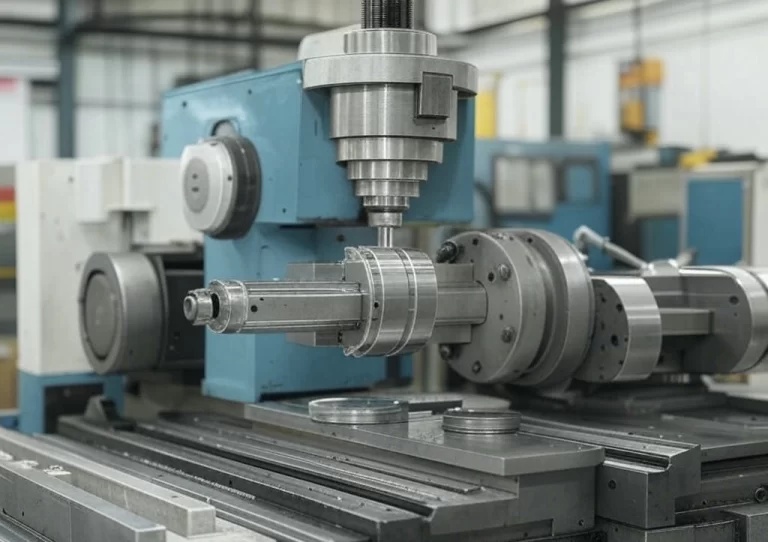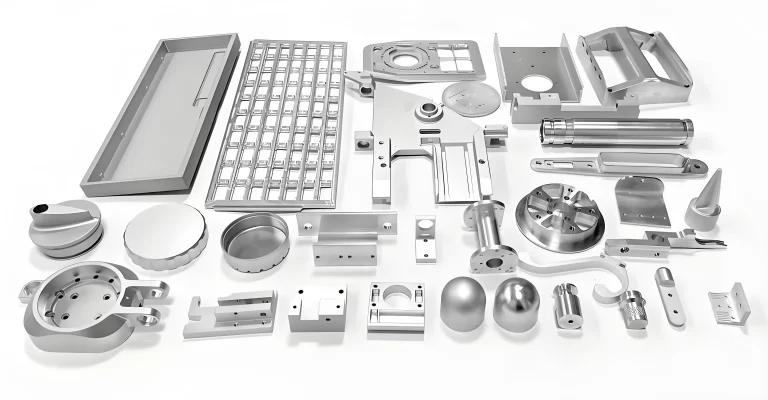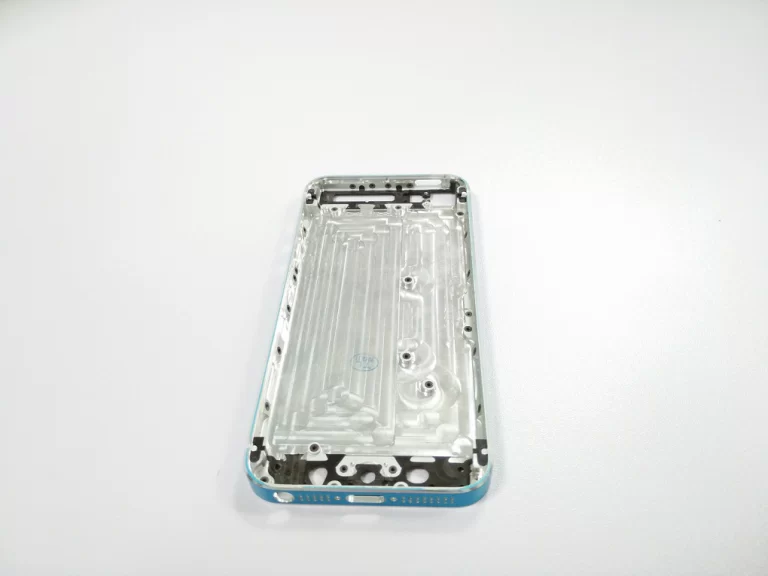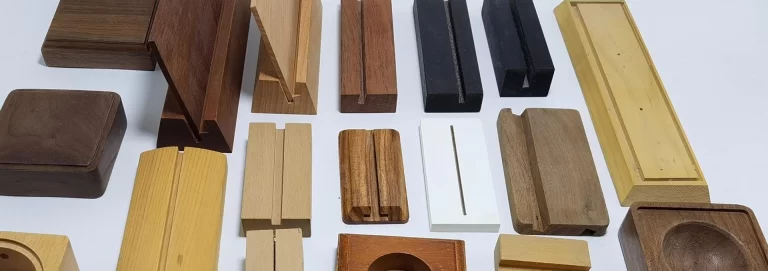In today’s manufacturing industry, CNC plastic parts drive precision and innovation. These parts play a vital role in the broader field of CNC parts. This article explores their definition, benefits, applications and future trends. In addition, the article compares it to other materials and highlights its production process. Let’s take a closer look at its importance.
What Are CNC Plastic Parts?
CNC plastic parts come from plastic materials shaped by Computer Numerical Control machining. This method uses computer-guided tools to cut and finish plastic with high accuracy. Engineers design parts in CAD software, and CNC machines follow G-code to create them. Plastics like ABS, nylon, and polycarbonate offer flexibility and light weight. These characteristics make it a necessity in various industries.
What We Do
Applications of CNC Plastic Parts
- Medical: They form surgical tools and implants with precision and safety.
- Electronics: Housings and connectors use plastic for insulation and low weight.
- Automotive: Interior parts and prototypes benefit from durability and cost savings.
Core Advantages of CNC Plastic Parts
Plastics weigh less than metals. This reduces product weight and boosts efficiency in automotive and aerospace.
Plastics resist rust and chemicals. They thrive in tough environments unlike metals.
Plastic costs less than metal. CNC machining cuts waste, saving money.
Plastics mold into complex shapes easily. This sparks creativity in design.
Plastics block electricity and heat well. They suit electronics and safety needs perfectly.
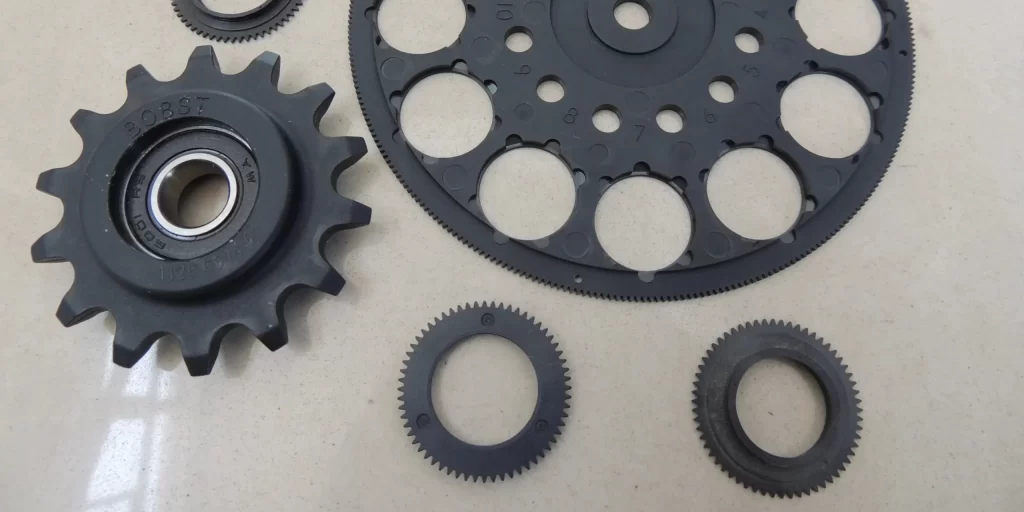
Comparison With Others
| Property | Plastic | Metal | Composite |
|---|---|---|---|
| Weight | Light | Heavy | Moderate |
| Corrosion Resistance | High | Low | Moderate |
| Cost | Low | High | Moderate |
| Strength | Moderate | High | High |
| Insulation | Excellent | Poor | Good |
How Are CNC Plastic Parts Made?
Making CNC plastic parts follows clear steps. First, engineers design a CAD model. Next, software turns it into G-code. Then, CNC machines cut the plastic precisely. Finishing steps like polishing enhance the result. This process ensures parts meet strict standards.
Quality Standards for CNC Plastic Parts
| Standard | Purpose | Industry |
|---|---|---|
| ISO 9001 | Ensures Consistent Quality | General |
| ISO 13485 | Guarantees Medical Device Safety | Medical |
| AS9100 | Confirms Aerospace Reliability | Aerospace |
What’s Next for CNC Plastic Parts?
The future looks bright. Sustainable plastics cut environmental impact. Advanced machines handle more complex designs. Plus, automation and AI boost precision. These trends will expand their role in CNC parts production.
- Phone: 0086 – 577 – 8551 1172
- E-mail: [email protected]
We just need a couple of hours!
Send us a message if you have any questions or request a quote. Our experts will give you a reply within 24 hours and help you select the right product you need.
